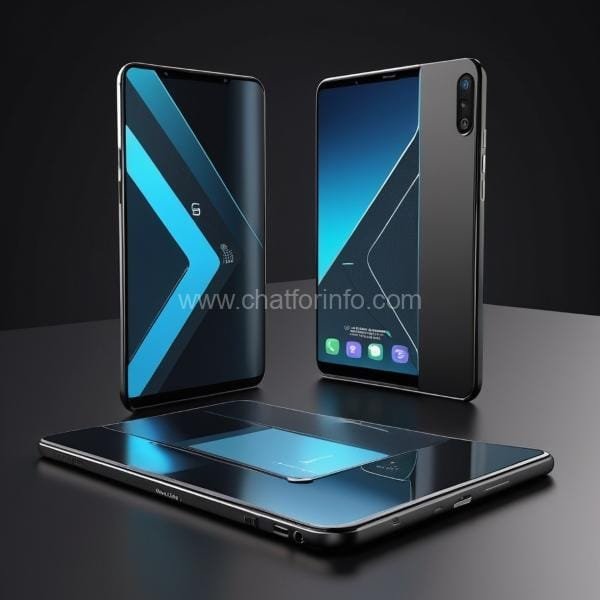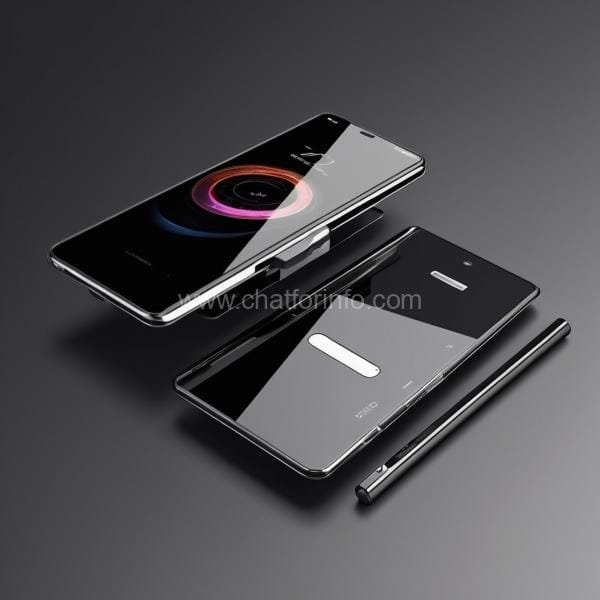The tech world is abuzz with the revolutionary silicon carbon battery mobile technology, poised to transform the mobile industry. This innovation promises significant improvements over traditional lithium-ion batteries, setting the stage for more efficient, powerful, and compact gadgets. Let’s dive into how silicon carbon batteries compare with lithium-ion technology, their advantages and drawbacks, and the impact on mobile devices.

Silicon Carbon vs. Lithium-Ion: A Comparative Analysis
Lithium-ion batteries have been the cornerstone of mobile devices for years, but they come with limitations such as lower energy density and degradation over time. Silicon carbon batteries, with their enhanced anode materials, offer 40-60% more power and a lifespan of up to 1500 charge cycles. This is a game-changer for high-performance devices like gaming smartphones and foldable models.
Key Advantages:
- Higher Energy Density: Greater storage capacity means longer-lasting batteries.
- Improved Efficiency: Faster charging and better heat management.
- Compact Design: Enables thinner and lighter devices.
- Sustainability: Potentially more eco-friendly production and disposal processes.
Disadvantages:
- Cost: Higher production costs could make devices more expensive initially.
- Scalability Issues: Adapting manufacturing processes may take time.
Latest Mobile Phones Adopting Silicon Carbon Technology
Some of the top smartphone brands are already incorporating silicon carbon batteries into their devices:
- OnePlus: Known for its Snapdragon Elite processors and dual-cryo velocity vapor chamber cooling systems, OnePlus is using this technology for gaming-oriented models.
- Samsung: The leader in foldable phones is leveraging silicon carbon batteries to reduce size while maintaining high capacity.
- Vivo and Oppo: These brands are integrating silicon carbon batteries in models with flat displays, signaling a resurgence of classic designs.
Size, Capacity, and Energy Efficiency
Silicon carbon batteries excel in delivering compact sizes with higher energy densities. Their ability to store more power in smaller spaces aligns with the trend of ultra-thin smartphones and foldable designs. This makes them ideal for gaming devices, which demand high power without excessive heat generation.
Impact of Cooling Systems and Processors
Paired with advanced processors like Qualcomm’s Snapdragon Elite, silicon carbon batteries allow smartphones to handle intensive tasks like gaming and AI-driven applications. Cooling systems such as the dual-cryo velocity vapor chamber ensure optimal performance by mitigating heat.

Future Technology and Moore’s Law
The reduction in battery size due to silicon carbon technology fits within the framework of Moore’s Law, as devices continue to become more efficient at an atomic level. Integrating AI and even quantum chips into mobiles is becoming a reality, thanks to the advancements in battery technology.
Applications Beyond Mobile Phones
The implications of silicon carbon batteries extend beyond smartphones. Their high energy density and longevity make them suitable for electric vehicles, portable gadgets, and even smart home devices, solidifying their position as a cornerstone of future technology.
Conclusion
Silicon carbon battery mobile technology marks a significant step forward for the mobile industry. With benefits like enhanced energy density, longer life cycles, and reduced size, it addresses the limitations of lithium-ion batteries while opening doors to innovative designs like foldable phones and gaming-centric devices. Brands like OnePlus, Samsung, Vivo, and Oppo are leading the charge, paving the way for a more efficient and sustainable tech future.
This innovation isn’t just about powering your phone—it’s about transforming how we interact with technology. As we look ahead, the combination of silicon carbon batteries, AI, and quantum chips promises a new era of smarter, sleeker, and more sustainable devices.
So, which upcoming device are you most excited about? Let us know in the Forum comments
I would like to thnkx for the efforts you have put in writing this blog. I am hoping the same high-grade blog post from you in the upcoming as well. In fact your creative writing abilities has inspired me to get my own blog now. Really the blogging is spreading its wings quickly. Your write up is a good example of it.
An impressive share, I just given this onto a colleague who was doing a little analysis on this. And he in fact bought me breakfast because I found it for him.. smile. So let me reword that: Thnx for the treat! But yeah Thnkx for spending the time to discuss this, I feel strongly about it and love reading more on this topic. If possible, as you become expertise, would you mind updating your blog with more details? It is highly helpful for me. Big thumb up for this blog post!
Great post. I used to be checking constantly this blog and I’m inspired! Extremely helpful information particularly the ultimate phase 🙂 I deal with such info a lot. I was seeking this certain info for a very lengthy time. Thanks and best of luck.